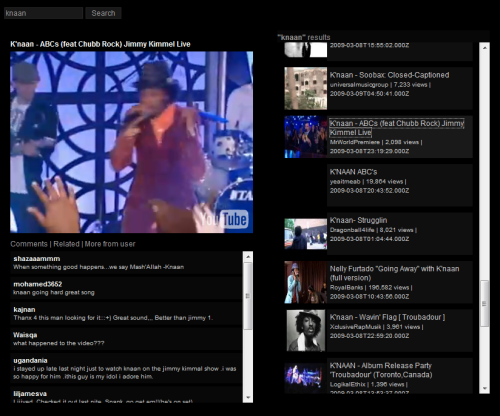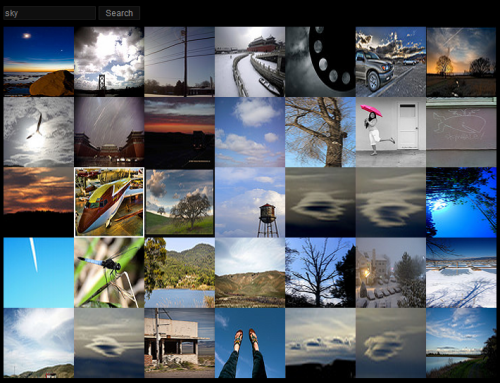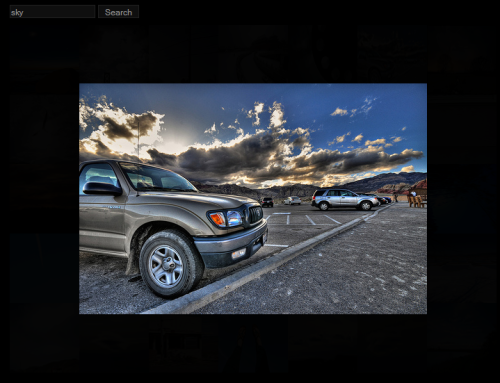When color screen mobile phones first came to the market in the early 2000’s, they were very expensive and people didn’t know what to make of it. People used mobile phones to make and receive calls and couldn’t understand the reason of having a screen let alone a color screen.
As time went by, not only did color screens started to become accepted, they were expected. Nobody in the 90’s imagined about a phone that had camera. It was however, possible to have those kinds of imaginations when color screens were introduced. People by now understand the need for a color screen on mobile. They could take pictures, record audio and video – in other words, the world of multimedia and the mobile phone were introduced.
A few years later, a mobile phone without a color screen just ins’t a mobile phone. The advancement of the mobile phone didn’t stop there. By now, we have connected the mobile to the internet.
We are now at the stage of developing mobile phones that are suited for the internet. The iPhone and Google’s G1 are the beginning of this advancements.
When color screens mobile phones first came out, it would have been impossible for ordinary Africans to own one. But now that the prices of color screens mobile have dropped significantly since their introduction, many Africans a mobile phone. Consider that some of the first color screen mobile phones were about £200 ($400 (@Dec. 08)) and now costing as little as £20 ($40).
The massive price drops (driven by competition) has meant that there are many more mobiles phones used than landlines in Africa.
We just have to wait a few years until internet suited mobile phones drop in prices (currently around £250 ($500)) for ordinary Africans to be connected on the go.
One of the major obstables of the mobile advancement in Africa is infustructure and governance. If western companies want to expand into Africa, they need to support the development of telecommunication infustructure and the security of those important infustructures.
Google and a few other companies have already took the initiative to develop high speed satelite broadband in Africa, which is a good start.



 I’m just watching YouTube Live! and the first thing that it reminds me of are things like music awards, film awards and stuff like that. I’m sure those TV channels must’ve been making decent money for those few hours.
I’m just watching YouTube Live! and the first thing that it reminds me of are things like music awards, film awards and stuff like that. I’m sure those TV channels must’ve been making decent money for those few hours.